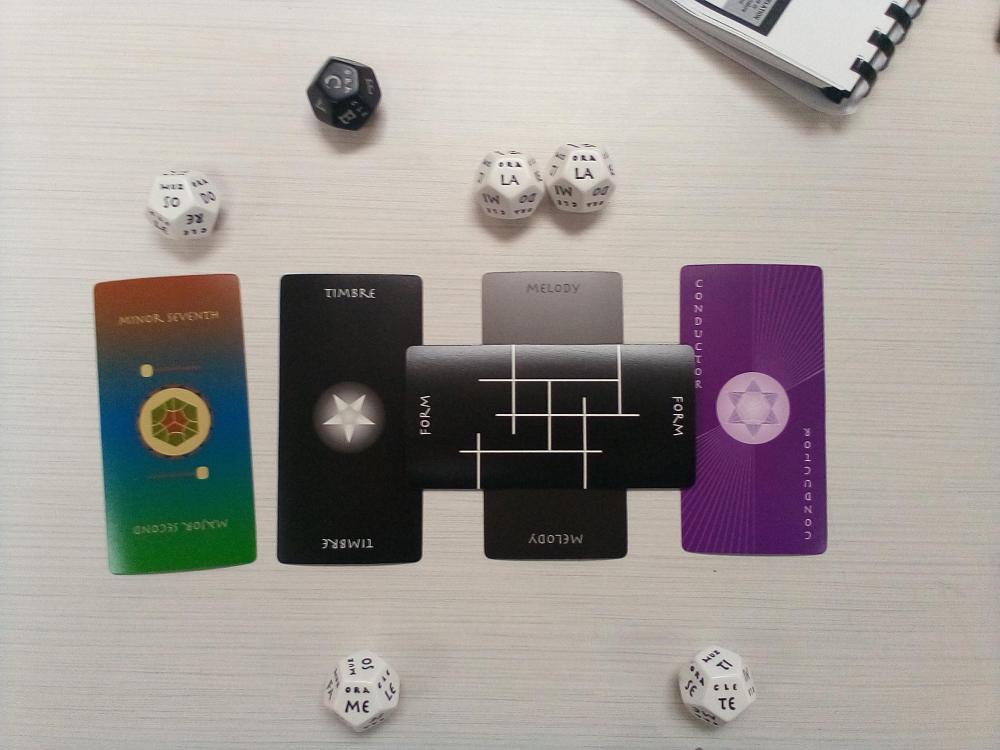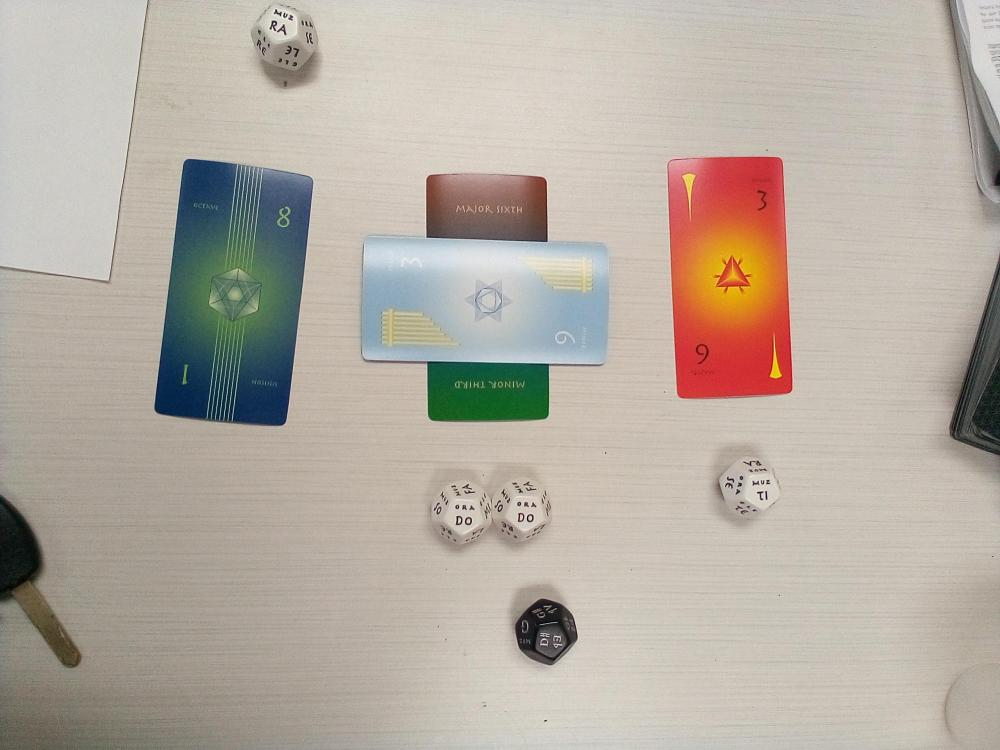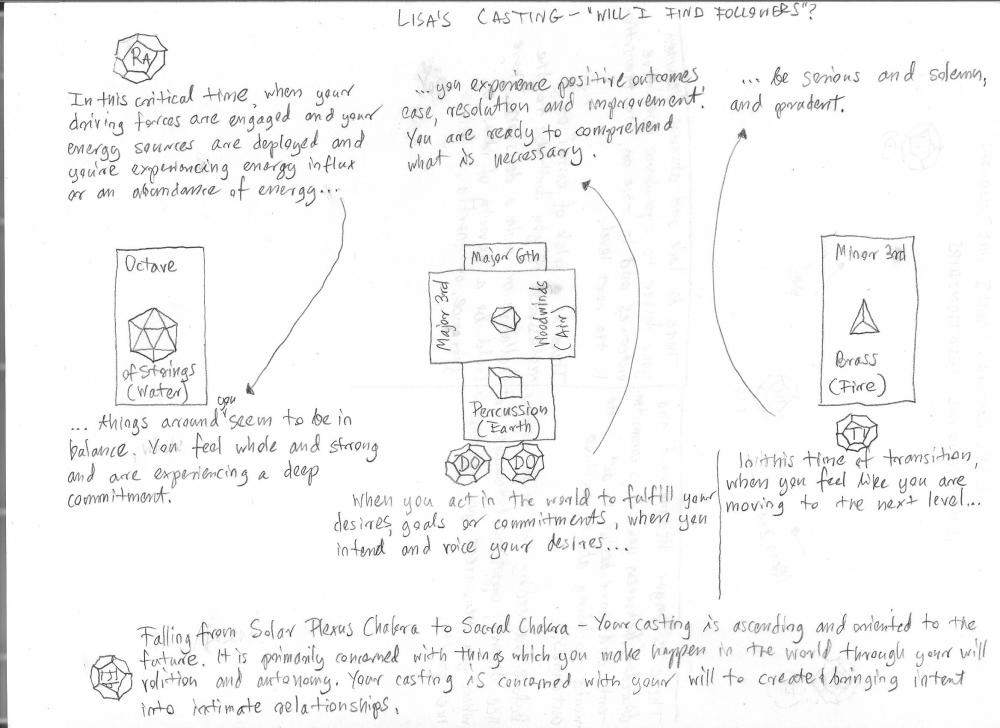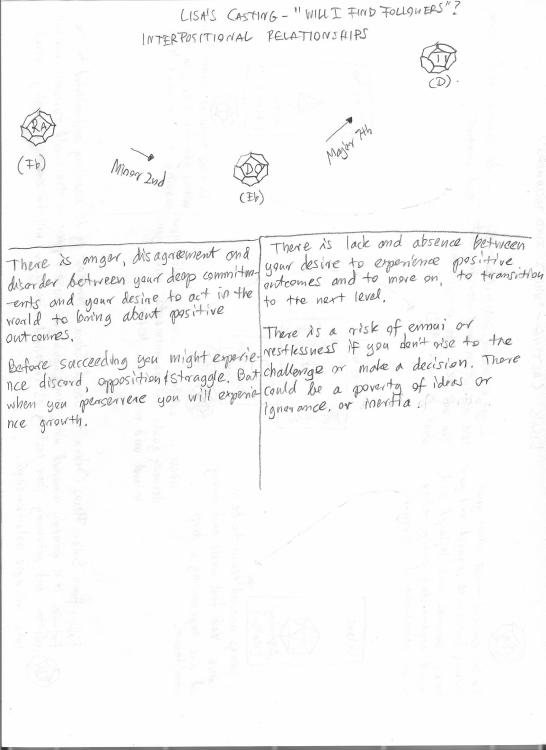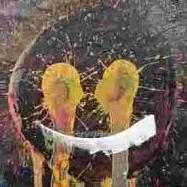Leaderboard
Popular Content
Showing content with the highest reputation on 04/05/2024 in all areas
-
I wrote this air last week for an orchestral suite I've been working on. I can't quite decide whether it's too schmaltzy or not.1 point
-
Hey all! Sorry I've been gone for a bit...life was very busy. But here's a little piece I started this morning in FL Studio. The idea for the main recurring motif popped into my head and I had free time, so...I went to work! In this specific project I used my usuals, BBCSO Discover, Intimate Strings, Epic Choirs...but also Amadeus Symphonic for the brass this time around. I took the feedback I've gained here of varying my works and making them more engaging...hoping this one is doing that so far! (I've only had a couple hours at it so far). One thing I tried in this was to add a little variation on the main theme in there, which was fun. In my mind this song, or the main theme at least, represents a wide open unknown...and that within it that is "Beyond Our Sight". Hence the title. But as always, I'd love to know what imagery this brings about for you! Looking forward to your feedback and compositions and hope you enjoy the listen!1 point
-
Took me long enough to share this with you... the timing is also quite good if you consider some of my explanations I guess 01 hw1.mp3 Introduction Context Primer for the music itself Sorry for the walls of text lol, if you prefer just let the music speak for itself it is also fine.1 point
-
Hello! I've recently gotten a bit into the art of Muzoracle - a storytelling/divination tool similar to the Tarot card deck, but with cards with musical concepts and 12-sided Musician's dice and Solfege dice. I did a casting of a friend named Bradley - he asked the Muzoracle if he would ever gain "fame and fortune": My interpretation of the cards and dice are attached in a pdf if you care to get into it. I decided to compose a short piece to represent the casting using pitched percussion (since the Minor 7th card at the left is in the suit of Percussion) and choir (since the Conductor card on the right is in the suit of Voices). If you'd like to find out more about Muzoracle and how castings are interpreted go here: https://muzoracle.com/ The piece isn't meant to be long or showy - it's in the key of C since that is how the 12-sided Musician's Die up top landed and uses the scale degrees of So, Me, La and Te (G, Eb, A, Bb). The casting as a whole is a descending one which means that the default direction of the diatonic scale degrees is to fall to the next rolled solfege die. However, if a solfege die lands on a chromatic scale degree it goes in opposition to the predominant direction of the casting (in this case - ascending). So the melody of the casting is G falling to Eb, rising to A, and falling to Bb, which is the melody you will hear in the music. If you've gotten this far - thanks for reading and I hope you enjoy listening to the short piece! Any comments, critiques, suggestions or even questions (if you're curious about the Muzoracle) are welcome!1 point
-
Hello! I am back with yet another Muzoracle casting. (Muzoracle is a storytelling/divination tool similar to the Tarot card deck, but with cards with musical concepts and 12-sided Musician's dice and Solfege dice.) This time, my friend Lisa asked the Muzoracle if she would find followers for the new music notation system that she is developing: My interpretation of the cards and dice are displayed below. This time I composed a piece including strings, percussion, woodwinds and brass (since the octave card at left is in the suit of strings, the cards in the middle are the axis and the major 6th card underneath is in the suit of percussion, while the card on top laid sideways is a major 3rd card in the suit of woodwinds. Finally, the card on the right is a minor 3rd card in the suit of brass.) If you'd like to find out more about Muzoracle and how castings are interpreted go here: https://muzoracle.com/ This is a short piece meant to represent the casting aurally. The piece is in Eb since that is how the black 12-tone Musician's die landed (displayed at the bottom of the casting). The piece starts on the scale degree of Ra descending to Do (Fb descending to Eb), followed by a leap up to Ti (D). I let the cards decide which instruments play what and the intervals displayed on the cards determine what kind of harmony would sound above each Solfege die. If you've gotten this far thanks for reading, and I hope you enjoy listening to this short orchestral representation of Lisa's query. Comments are of course, always welcome.1 point
-
Yo Peter, My complain is also it’s too short. The beginning really reminds me of Gamelan music! I really hope that interlocking pattern keeps going and going! I think this one is actually a great idea LoL! Or even some aleatory music! Peter is showing his real colour here (from an MBTI perspective)!! Like me I would NEVER write such a detailed description on how to write my music logically since I usually just have a big picture never these details and with zero logic LoL!! And me find myself dumb too to rotate the images when my iPad I am holding now keeps rotating my rotations and I can never find the right way to read Famous PeterPapercomPoser’s Paper…. Nice sharing Peter! Henry1 point
-
Hey @Aiwendil, I don’t find it schmaltzy at all! I find this very enjoyable. In b.44 I think you would go as far as G sharp minor but instead turn back to D major but switching to G minor! That’s unexpected for me. Even it’s an air I want sometimes the strings can play the theme! It would be very beautiful if the violin plays an octave higher for the theme. Thx for sharing! Henry1 point
-
Hello dear folks. This is an attempt at the 3 handed piano effect. Any feedback would be awesome especially regarding how well the piece developed and the form of the piece so far. Thank you very much. Best regards. Bjarke. 3 hand concert piece effect - Flow 1.mp31 point
-
I had a solid idea of what I wanted to do by the beginning of the piece, but it started falling off so I had to wrap things up---something I have to deal with as usual. Any tips on expanding on a theme? I do wish I could've made the piece a bit longer and more expressive.1 point
-
Most interesting. The only unenjoyable thing about it was it's too short (but I acknowledge you had to follow the precepts). It comes across succinct and clear (as in uncluttered - something I should learn from). Very nice. Also particularly interesting that you mention the parallel to the Tarot. .1 point
-
Agree with what's already said, inspired by the late romantics. Slightly reminiscent in mood (to me) of the second movement of Elgar's Symphony No. 2. Indeed a beautiful piece, the harmonic rhythm always changing but still managed to end in E minor. It seemed less luscious than disconsolate but highly expressive all the same. A most pleasant listen. .1 point
-
Very cool, very beautiful. It's dark and sorrowful, and as Luis mentioned much in the likeness of the late romantics. I really like whenever someone posts a study or exercise for something. It's helping you learn and grow, and inadvertently there are loads of people who are learning from your music posted here. Do you plan to do a set of these? Are you exploring strings currently? It'd be cool for you to keep this going, with each small piece you write practicing a technique or whatever of something you feel is on the weaker side. Also, keep posting mate. The more you post and become involved in the community, the more feedback you're likely to receive.1 point
-
A very beautiful piece of work. I think inspired by the late romantics.1 point
-
This track from The Batman Returns features high string glissandi that sound very cat-like: Selina Transforms (Pt. II)1 point
-
Another favorite of mine - gotta love those John Williams' polychords in "Fawkes the Phoenix" from Harry Potter and the Chamber of Secrets:1 point

.thumb.png.8b5b433a341551e913a34392660bc95b.png)


